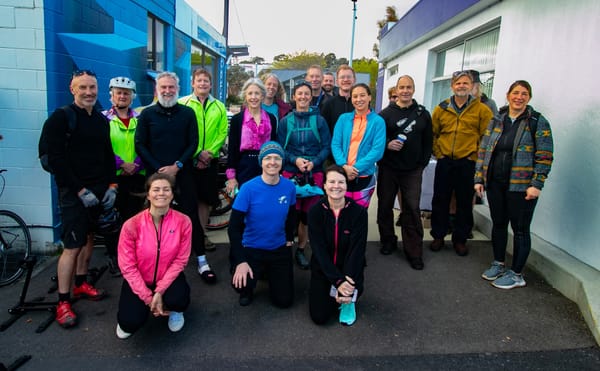The Importance of Bike and Scooter Parking

Creating Safer, More Accessible Streets
As cities around the world embrace sustainable transport solutions, the demand for bike and scooter parking is growing rapidly. In Hobart, where active transport is becoming a key focus, providing dedicated parking for bicycles and scooters is more important than ever. Proper parking infrastructure isn’t just a convenience for riders; it’s a critical part of creating safer, more inclusive streets for everyone.
Encouraging More People to Ride
One of the biggest barriers to cycling and scooting is the lack of secure and accessible parking. People are more likely to leave their car at home and opt for active transport if they know they’ll have a safe, reliable place to park their bike or scooter at their destination. Dedicated parking facilities help foster a culture where cycling and scooting are normalized as practical, everyday transport choices.
Providing parking near key locations like shops, schools, workplaces, and transit hubs makes it easier for people to integrate active transport into their daily routines. This is especially true for people using electric bikes or scooters, who might rely on convenient access for recharging and secure storage.
Reducing Hazards on Footpaths
Without proper parking options, bikes and scooters often end up cluttering footpaths, creating hazards for pedestrians. This can be particularly problematic for people with mobility challenges, parents with prams, and anyone navigating busy pedestrian areas.
By installing well-designed parking infrastructure, cities can ensure footpaths remain clear and accessible, enhancing safety for everyone. This small but impactful change helps reduce the potential for conflicts between different types of street users and promotes a sense of shared space.
Different Types of Parking Facilities
Cities have a variety of parking solutions to accommodate the growing number of cyclists and scooter users. Each option plays a unique role in supporting active transport:
- Bike Racks
- Simple and cost-effective, bike racks are the most common form of parking.
- Designed to secure bikes with locks, they are ideal for short-term parking near shops, parks, and public buildings.
- Bike Corrals
- These convert one car parking space into parking for 8-12 bikes.
- Perfect for high-traffic areas, such as retail precincts and busy streets.
- Scooter Docks
- Dedicated spaces for parking and charging e-scooters, reducing the risk of them cluttering footpaths.
- Often integrated with rental e-scooter programs.
- Covered Parking
- Protects bikes and scooters from the elements, increasing their lifespan.
- Found in places like transit stations, workplaces, and schools where users need longer-term parking.
- Secure Bike Lockers
- Fully enclosed and lockable, these are ideal for commuters needing a safe place to store bikes during work or travel.
- Often found at transit hubs or in parking garages.
- Bike Hubs
- Comprehensive facilities offering secure parking, repair services, and even showers for cyclists.
- Excellent for urban centers and large employers.
- Charging Stations for E-Bikes and E-Scooters
- Integrated charging points cater to the increasing number of electric vehicles.
- Encourages the use of eco-friendly options by eliminating range anxiety.
Supporting a Sustainable Future
Bike and scooter parking also plays a vital role in reducing traffic congestion and emissions. With the Greater Hobart area working to address climate change and improve air quality, encouraging more people to switch to active transport is a key part of the solution. Dedicated parking helps make these sustainable choices more appealing and practical, contributing to a healthier, greener city.
A Call to Action
For Hobart to truly become a city that supports active transport, we need to invest in a range of bike and scooter parking facilities. These options make riding more convenient, keep footpaths clear, and promote safer, more sustainable streets.
If you’re passionate about making Hobart more bike- and scooter-friendly, join the conversation and advocate for better parking options in your community. Together, we can build streets people love—streets that work for everyone.




